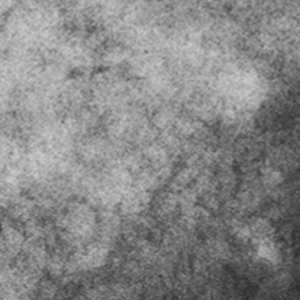How to stain nucleic acids and proteins in Miller spreads

Submitted: 30 November 2021
Accepted: 12 February 2022
Published: 25 February 2022
Accepted: 12 February 2022
Abstract Views: 888
PDF: 357
HTML: 45
HTML: 45
Publisher's note
All claims expressed in this article are solely those of the authors and do not necessarily represent those of their affiliated organizations, or those of the publisher, the editors and the reviewers. Any product that may be evaluated in this article or claim that may be made by its manufacturer is not guaranteed or endorsed by the publisher.
All claims expressed in this article are solely those of the authors and do not necessarily represent those of their affiliated organizations, or those of the publisher, the editors and the reviewers. Any product that may be evaluated in this article or claim that may be made by its manufacturer is not guaranteed or endorsed by the publisher.
Similar Articles
- Martha I. Dávila-Rodríguez, Elva I. Cortés-Gutiérrez, Roberto Hernández-Valdés, Karla Guzmán-Cortés, Rosa E. De León-Cantú, Ricardo M. Cerda-Flores, Enrique Báez-De la Fuente, DNA damage in acute myeloid leukemia patients of Northern Mexico , European Journal of Histochemistry: Vol. 61 No. 4 (2017)
- Sergio Barni, In memoriam of Prof. Giuseppe Gerzeli , European Journal of Histochemistry: Vol. 62 No. 1 (2018)
- S Passinen, T Ylikomi, Evidence for the existence of an oligomeric, non-DNA-binding complex of the progesterone receptor in the cytoplasm , European Journal of Histochemistry: Vol. 47 No. 3 (2003)
- T Yasui, A Tsukise, W Meyer, Histochemical analysis of glycoconjugates in the eccrine glands of the raccoon digital pads , European Journal of Histochemistry: Vol. 48 No. 4 (2004)
- MB Al-Zghoul, RK Al-Rukibat, M Alghadi, T Caceci, Z Bani Ismail, Distribution and density of mast cells in camel small intestine and influence of fixation techniques , European Journal of Histochemistry: Vol. 52 No. 4 (2008)
- L. Pilloni, C. Manieli, G. Senes, D. Ribuffo, G. Faa, Merkel cell carcinoma with an unusual immunohistochemical profile , European Journal of Histochemistry: Vol. 53 No. 4 (2009)
- G Tabellini, G Baldini, G Baldini, R Bortul, R Bareggi, P Narducci, AM Martelli, Localization of the small monomeric GTPases Rab3D and Rab3A in the AtT- 20 rat pituitary cell line , European Journal of Histochemistry: Vol. 45 No. 4 (2001)
You may also start an advanced similarity search for this article.

 https://doi.org/10.4081/ejh.2022.3364
https://doi.org/10.4081/ejh.2022.3364











